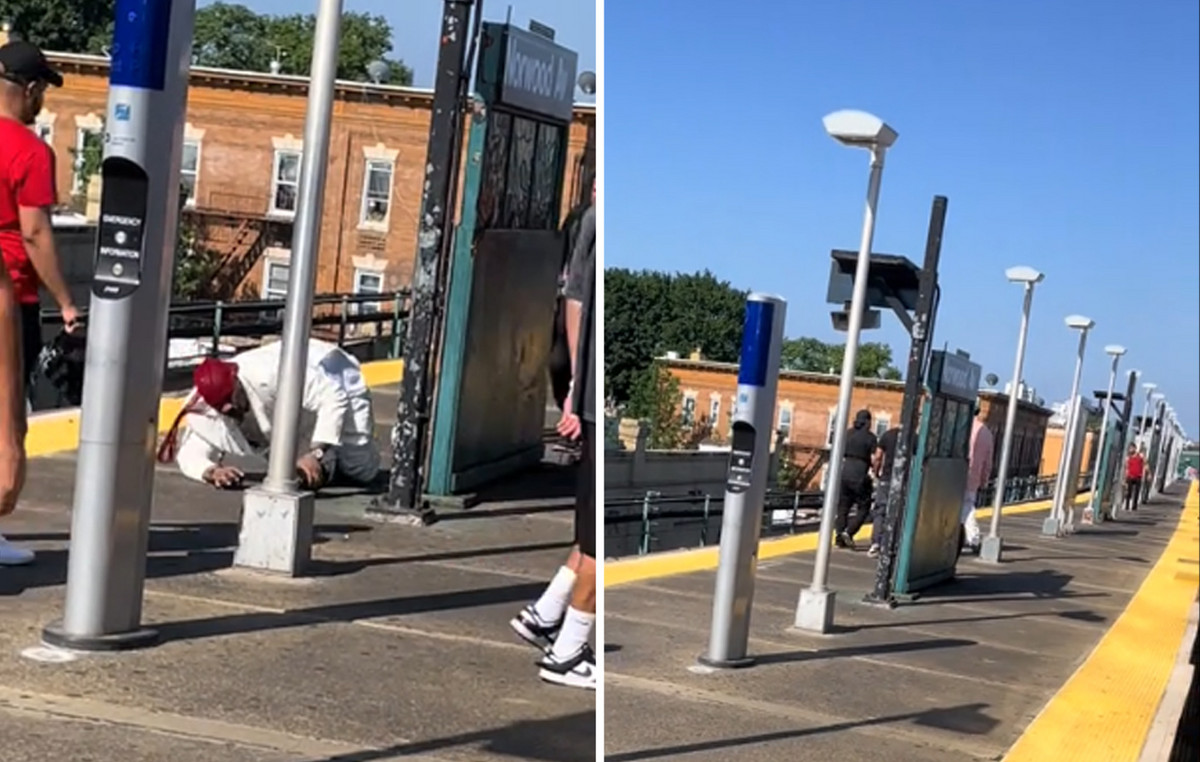A survey carried out by Todos pela Educação shows that the number of teachers employed in state education networks has fallen to the lowest level in ten years. The number of temporary workers grew between 2013 and 2023.
Last year, the networks had 356,000 temporary teachers (a 55% increase in a decade), compared to 321,000 permanent teachers (a 36% drop in the same period). In 2022, the number of teachers hired also surpassed the number of teachers hired in state schools.
Also according to the survey, the number of temporary and permanent teachers changes according to each state in the country. In 2023, 15 states had more temporary teachers than permanent ones and, throughout the decade, 16 UFs increased the number of temporary teachers and reduced the number of public servants.
The increase in the hiring of temporary teachers is one of the main reasons for the growth in the general teaching staff in state networks in recent years.
Between 2020 and 2023, we had an increase of almost 30 thousand professionals in the teaching staff of state networks. Even so, over a decade, the overall number of teachers decreased by 57 thousand teachers – a movement in line with the decrease in Basic Education enrollments (due to Brazilian demographic dynamics, increased approval rates and reduced school dropouts).
“The hiring of temporary teachers is an important element to ensure that education networks are able to staff their full teaching staff, ensuring that students take classes in all subjects. However, this type of hiring should be an exception, to be used in specific cases provided for in the legislation, but what we see is that it has become the rule in state education networks. This is related to the low frequency of public competitions for teachers, motivated by several issues, such as the ban on new competitions due to the pandemic, fiscal challenges in the states and the preference of some managers for a more flexible hiring model. This can have negative impacts on education, especially when it is observed that in many networks the quality of selection, allocation, remuneration and training policies for these professionals is low”, assesses Ivan Gontijo, manager of Educational Policies at Todos Pela Educação.
Around 43.6% of temporary workers have worked as teachers for at least 11 years, which shows that this type of hiring has also been used to form the permanent teaching staff of some education networks and not just to meet a specific demand.
The survey also discusses the potential impacts that the temporary regime may have on Brazilian education. An analysis was carried out based on Saeb data, which points to a correlation between temporary hiring and a lower proficiency of students in this assessment, both in the Portuguese Language and Mathematics subjects, even taking into account factors such as socioeconomic level.
“This scenario should not cause education networks to mobilize to hold large competitions in a hurry to drastically and quickly reduce the number of temporary teachers with little planning. It is necessary to deepen the diagnosis of the reasons for this phenomenon in each location and comprehensively assess its impacts. In this sense, it is essential to advance the discussion on two fronts: increasing the frequency of competitions and, above all, their quality, with the improvement of selection instruments and the inclusion of practical tests; and investment in policies to value and professionalize temporary teachers. Both municipal and state networks, as well as the Ministry of Education, need to look more closely at this issue”, concludes Gontijo.
Source: CNN Brasil
I’m James Harper, a highly experienced and accomplished news writer for World Stock Market. I have been writing in the Politics section of the website for over five years, providing readers with up-to-date and insightful information about current events in politics. My work is widely read and respected by many industry professionals as well as laymen.





%20Luca%20Delpia%20-%20Archivio%20della%20Fondazione%20I%20Teatri%20Reggio%20Emilia%201071%20b%20(002).jpg)

